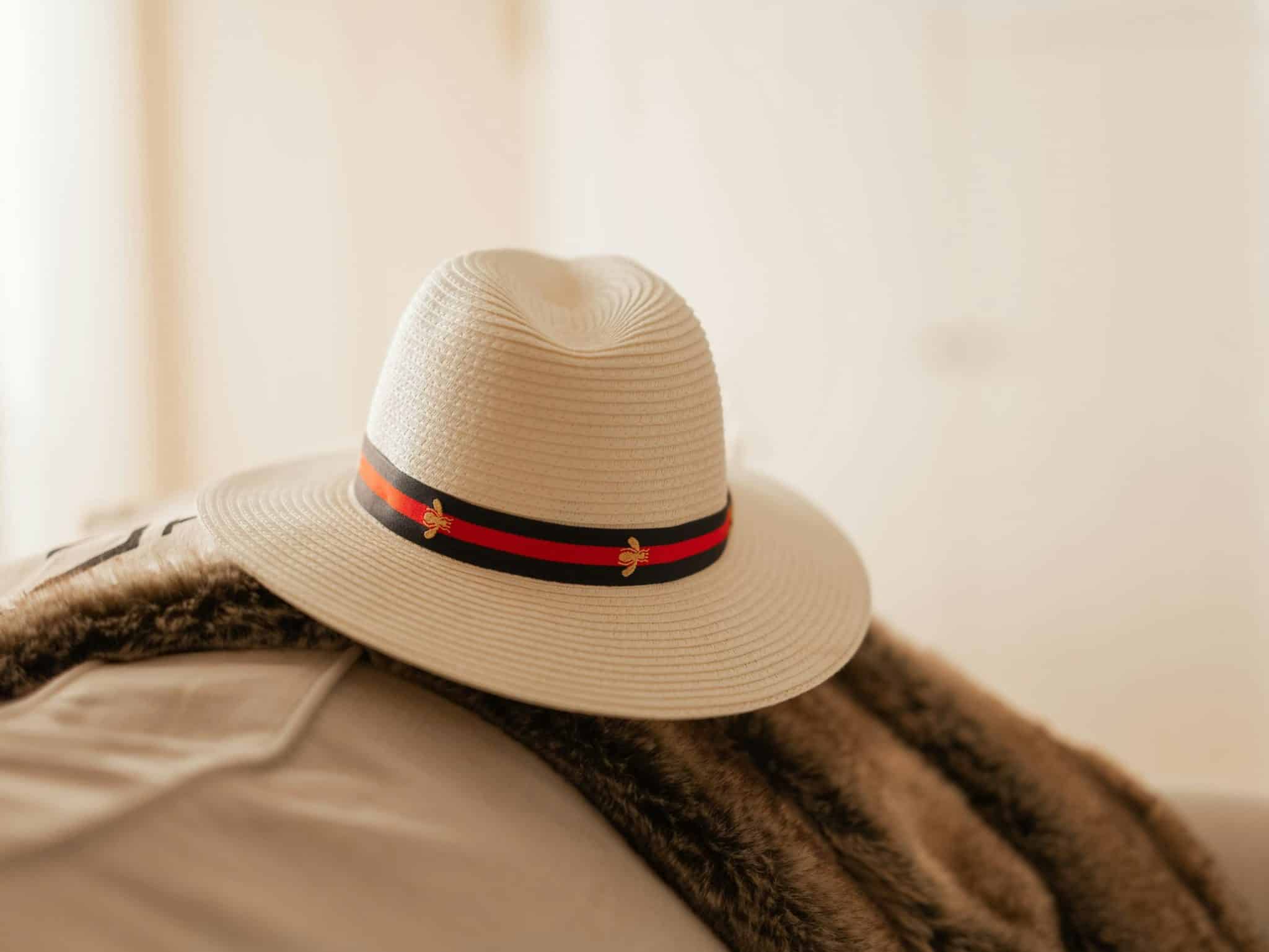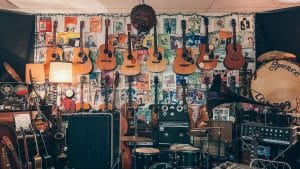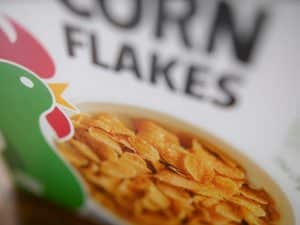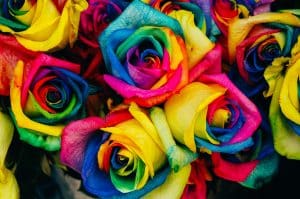Fashion’s Ageism Problem: Why Over-50 Models Are Still Rare
When you think of the fashion industry, what comes to mind? Glamorous runways, designer clothing, and young, slim models are often the first things that come to mind. Unfortunately, this image is not representative of the diverse world we live in. Despite increasing calls for inclusivity and representation in fashion, one population remains particularly underrepresented – women over the age of 50. In this article, we will explore the ageism problem in fashion and delve into the reasons why over-50 models are still rare in the industry.
The Fashion Industry’s Narrow View of Beauty
The fashion industry has long been criticized for its narrow view of beauty. Advertising campaigns, runway shows, and magazine covers have traditionally featured young, thin, and predominantly white models. While there have been commendable efforts to promote diversity and inclusivity in the industry in recent years, one group is still largely missing from the conversation – women over 50.
The Overlooked Demographic
While the fashion industry is fixated on youth, the reality is that the over-50 demographic makes up a significant portion of the market. According to a 2019 report by the U.S. Census Bureau, the population of adults aged 50 and over is projected to reach nearly 132 million by 2030, making up over 25% of the total population. These individuals are also a formidable force in terms of purchasing power, with women over 50 responsible for more than $15 trillion in global spending annually.
Despite these numbers, this group is rarely represented in fashion campaigns or on the runway. The few times that older models are featured in fashion campaigns, they are often portrayed as “anti-aging” or used as a token representation of diversity. This lack of representation sends a damaging message to women over 50, making them feel overlooked and invisible in an industry that is supposed to celebrate beauty and diversity.
The Root of the Problem
Societal Beauty Standards
The root of the ageism problem in fashion goes beyond the industry itself. It is a reflection of our societal beauty standards, where younger is often equated with more beautiful and desirable. The phrase “age gracefully” is often used to pressure older women into denying the signs of aging and conforming to youth-centric beauty standards. As a result, the fashion industry perpetuates these societal biases by showcasing only young and “flawless” models, leaving little room for diversity.
Fear of Change
Another factor contributing to the lack of over-50 models in the fashion industry is the fear of change. The industry is known for its stringent and often unattainable beauty standards, and older models may challenge this norm. As a business, fashion brands may also fear that using older models will alienate their younger audience, leading to a decline in sales. Therefore, it becomes a vicious cycle of catering to a narrow demographic, perpetuating the ageism issue in fashion.
The Slow Progress towards Inclusivity
Despite the challenges and slow progress, there have been some notable efforts towards inclusivity in the fashion industry. Brands like Fenty, Savage X Fenty, and Christian Dior have featured older models in their campaigns, embracing diversity and challenging societal norms. The fashion industry has also seen the rise of “grey model” agencies, such as Silver Fox Management and Sophie Models, which represent models over 50. These efforts are commendable, but the representation of over-50 models is still far from where it should be in an industry that prides itself on being forward-thinking and inclusive.
The Need for Change
The fashion industry has a responsibility to embrace diversity and represent all ages, shapes, and sizes. The lack of over-50 models in the industry perpetuates ageist attitudes and sends damaging messages to older women. By promoting only youth-centric standards of beauty, the industry excludes a significant portion of its target market. Embracing diversity and featuring the beauty of all ages will not only challenge societal norms but also attract a more diverse customer base.
The Power of Inclusive Representation
The power of representation and inclusivity cannot be overstated. When individuals see themselves represented in the media, it boosts their self-esteem and confidence, fostering a positive body image. This is crucial for older women who are often bombarded with images of unattainable youth and beauty. By featuring older models in fashion campaigns, the industry can break ageist stereotypes and promote a more realistic and diverse representation of beauty.
Conclusion
The fashion industry has the power to shape societal attitudes and promote inclusivity. However, the lack of over-50 models in fashion campaigns and on the runway reflects the industry’s deep-rooted ageism problem. It is time for the industry to break away from its narrow view of beauty and celebrate the beauty and diversity of all ages, races, and body types. By doing so, fashion will not only become more inclusive, but it will also accurately represent its diverse customer base.








